This beautiful flower is Jewelweed (Impatiens pallida). My friend and fellow Iowa Writers’ Collaborative member Laura Belin discusses the plant in a 2014 “Wild Flower Wednesday” post on her Bleeding Heartland blog:
Yellow jewelweed (Impatiens pallida) is also commonly known as pale touch-me-not or pale jewelweed. It's reportedly less common than orange jewelweed, a closely related plant. For centuries, various Native American tribes used jewelweed to soothe itches from poison ivy rashes, mosquito bites, and hives. I know hikers who swear by it. Conveniently, the plant often grows near poison ivy and stinging nettle, legendary skin irritants. This post on Nature Labs explains how to use jewelweed and includes more detail on its medicinal properties.
My friend Pete Eyheralde, a professor of biology at William Penn University in Oskaloosa, confirmed my identification. He tells me that “there's another species (that may be growing nearby) called orange spotted jewelweed. Both are important food sources for hummingbirds prepping for migration. There's an old anecdote that says if you get into stinging nettles, you can cure the itch by rubbing the juicy stem of jewelweed (usually growing in the same moist soil) on your skin.
My wife Annie makes a salve with plantain (Plantago major), above and Jewelweed when she can find it. I’m sure she includes other medicinals as well. Her salve works wonderfully, but I’m not sure how much the Jewelweed helps. Plantain by itself is very effective. If her salve isn’t available, and I get a mosquito bite, bee or wasp sting, or even a spider bite, I find some plantain, chew on a leaf for a few seconds breaking it up, and then rub it, saliva and all on the bite. Relief for mosquito bites is within a minute or so, and it numbs the pain of other bites fairly quickly but doesn’t make them go away.
The best part of plantain is you very likely can find it in your yard!
I was fairly certain that this was Sumac. I was right! Pete confirmed it is Smooth Sumac (Rhus glabra). He says: They get a white glaze on those berries in early July that tastes just like lemon juice. You can make summer lemonade from them, but not many things will eat the berries.
The above video shows you how to make “Indian Lemonade,” and why it’s important. Sumac means “red” in medieval French, Latin, and Syrian languages.
One day was foggy recently, and the Queen Anne’s Lace (Daucus carota) cut right through it
These mushrooms appeared to burst through the earth, but it is also possible that a burrow breached the surface of the earth, and they grew in that space.
These are new. I’m clueless. Where is a biologist when we need one?
Pete the biologist came to the rescue! In the comments below he says:
Hi Bob, Those flowers are cream gentian. Their tightly closed petals make it so they're almost exclusively pollinated by bumblebees, the only insects strong enough to force open the petals - sort of the wrestlers of the Hymenoptera world. This ensures that the bumblebee usually finds an untapped nectar source and then is likely to go searching for the same flowers, delivering the correct pollen to other gentians. A close cousin to that flower is bottle gentian. It looks similar but the petals are purple. It will be the last flower to bloom on the prairie in October.
Thanks, Pete!
What are these structures on this leaf?
Positively prehistoric Cicada.
These mushrooms popped up like buttons!
I was so lucky last week that my daughter Johanna (r) and her friend Cheyene (l) woke up early to join me on my walk. They had fun, and for me, every step was filled with joy that they wanted to come along with me on my daily walk in the woods.
What I see every day is so wonderful and precious, the fact that I could share it with them even for just one morning was priceless. I’ll remember that day forever.
If you are a subscriber and would like to share a photo of something beautiful or wondrous about our world near you, please email me at rdwleonard@gmail.com, and I’ll share it. Thanks!
If you want to join me on my walk, email me at rdwleonard@gmail.com. I would love to have your company. Just be prepared to get up early!
If you enjoy Cedar Creek Nature Notes, I encourage you to subscribe to my friend Larry Stone’s “Listening to the Land.” It’s fantastic. Larry has forgotten more than I will ever know about our outdoor world.
Also, please share my posts, and Larry’s. The more we all know and appreciate our natural world the better off we will all be.
I’m a member of the Iowa Writers Collaborative. Please sample the talents of my fellow collaborative members. If you can afford to be a paid subscriber, that would be great. If not, the vast majority of content is free. And here is a link to the Iowa Podcasters’ Collaborative, should you be interested. Check out my Substack Deep Midwest: Politics and Culture if you aren’t already a subscriber. My Iowa Revolution podcast with award-winning broadcaster Spencer Dirks can be found here.
After retiring from radio, I know a little about public relations and started a small consulting group and associated Substack called Better PR. You might be interested in what I have to share there. Thanks!

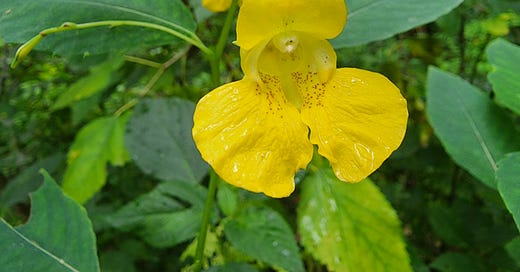





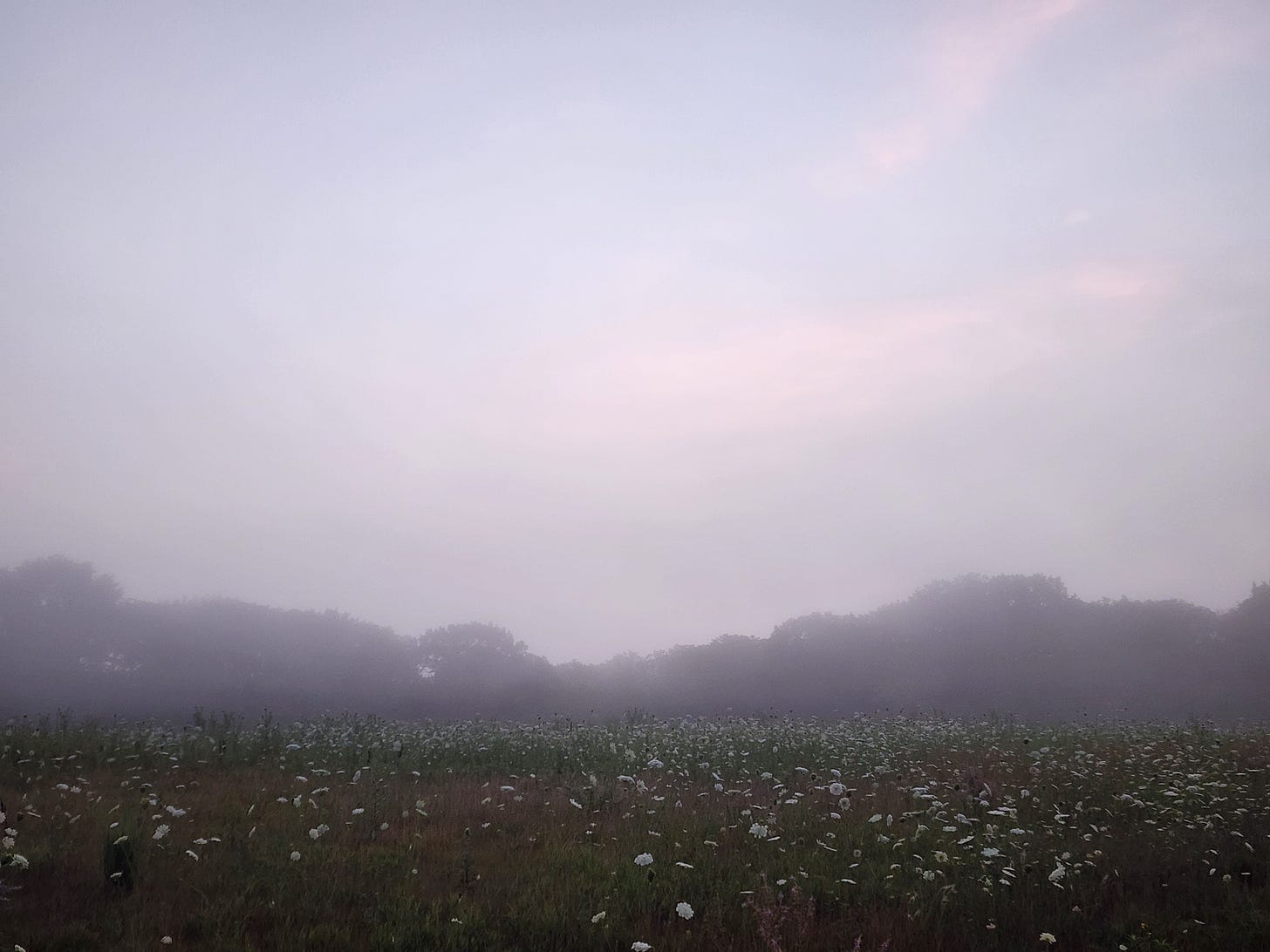
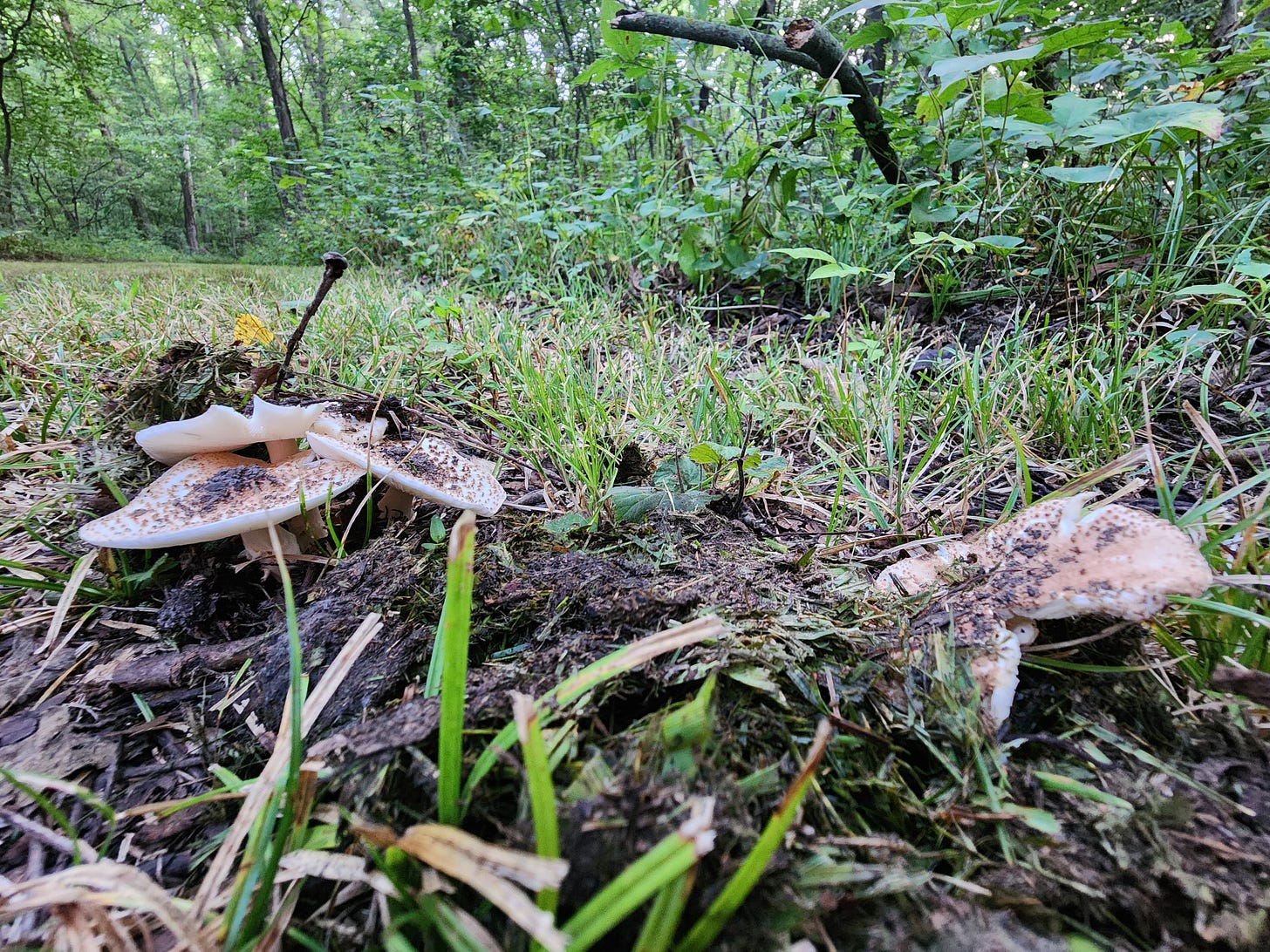
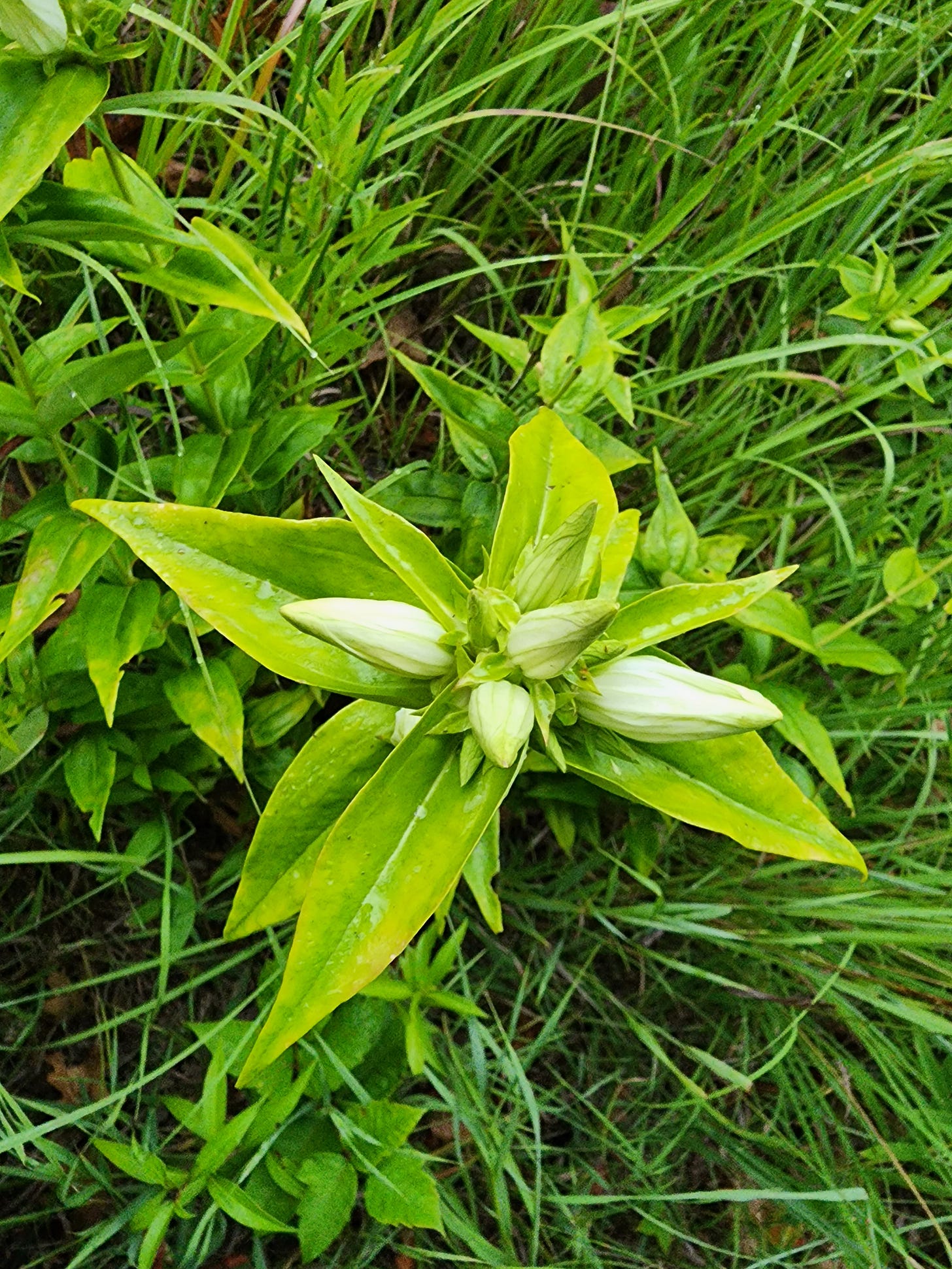
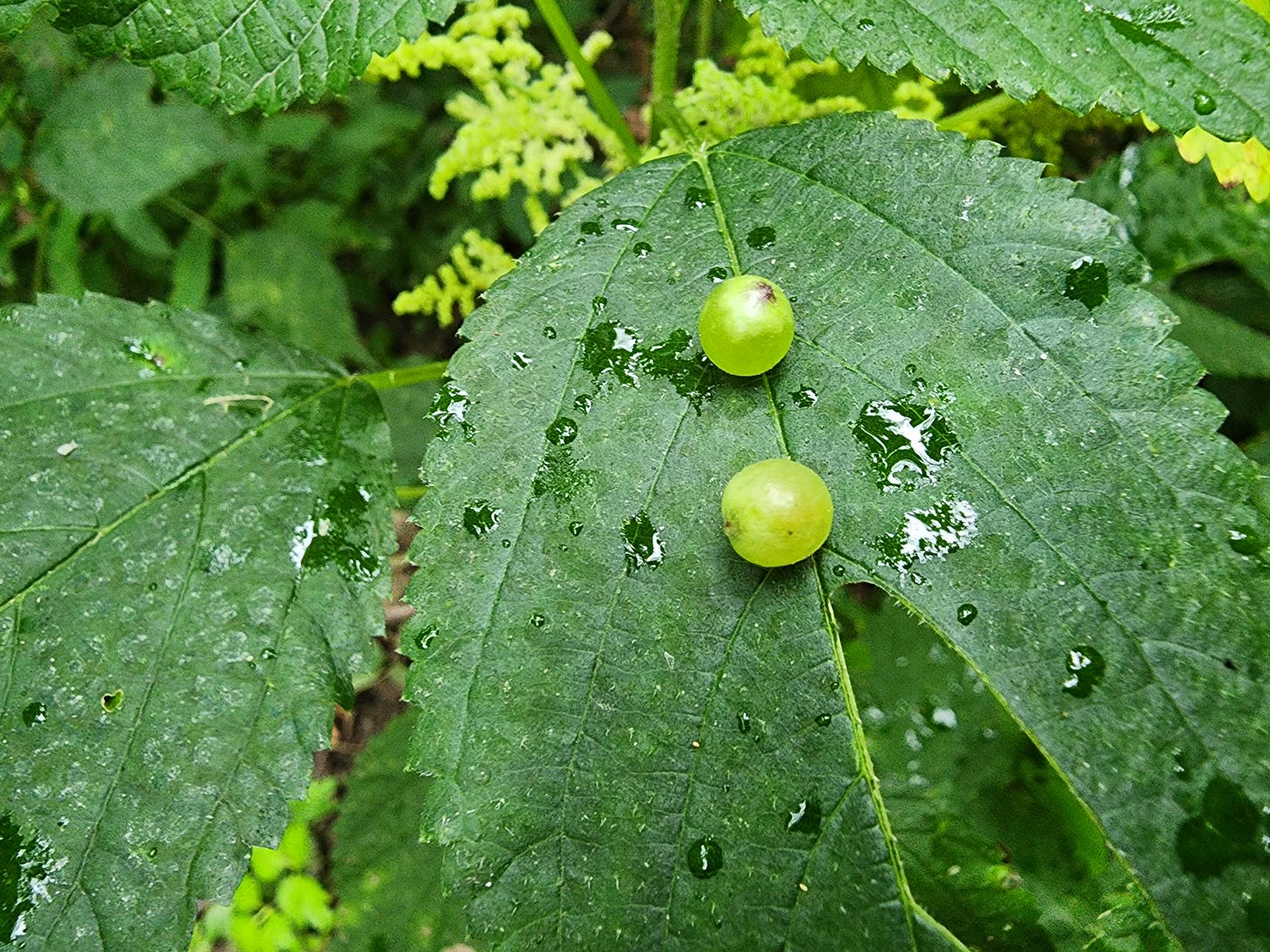
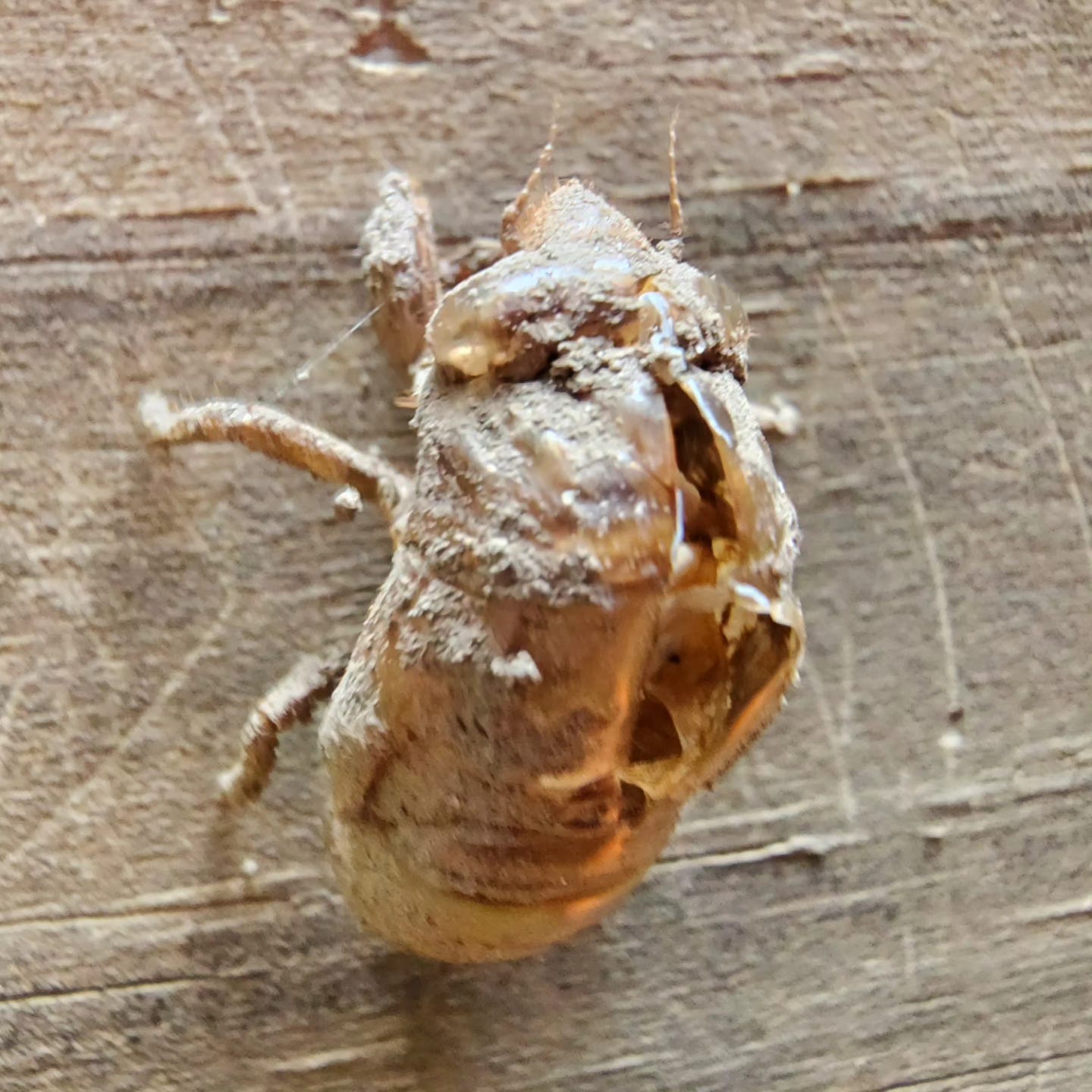


The round structures on the leaves look like gooseberries. If they are really attached to the leaves, they are galls. They appear to be larger than most galls than I have seen. If you know the type of plant/tree that the galls are on, you could probably find out which insect is causing the galls.
Hi Bob, Those flowers are cream gentian. Their tightly closed petals make it so they're almost exclusively pollinated by bumblebees, the only insects strong enough to force open the petals - sort of the wrestlers of the Hymenoptera world. This ensures that the bumblebee usually finds an untapped nectar source and then is likely to go searching for the same flowers, delivering the correct pollen to other gentians. A close cousin to that flower is bottle gentian. It looks similar but the petals are purple. It will be the last flower to bloom on the prairie in October.